Birds in Cabo de Gata
Cabo de Gata Natural Park is obligatory scale for migratory birds in its route towards Africa, of which 142 species have been catalogued.
Grassland
Amoladeras and the old lagoon that forms the salt mines of Cabo de Gata today.
These zones constitute the bases of better as much summer observation (flamenco, storks, garcetas and many larolimícolas that arrives from Europe, Africa and other also decrepit zones of Andalusia and, bee-eaters, this, that go towards the esteparia zone) like winter (avefría, alcaraván, camachuelo trompetero, etc.). it is equally important as base of migratory birds (tórtolas, currucas, little kings, fish trap, etc.) and permanent (earthly marismeña, mochuelo, kestrel _).
Steppe Zone
we will emphasize mochuelo, the carrack, the bee-eater, the real owl, the zurita dove, the zorzal and by its abundance, the perdiz.
Dry zone of orchards
Aside from rapaces mentioned and the owls, mochuelos and other trasnochadores, the birds are here of less bearing in general, with the roqueros airplanes (Hirundo rupestri) collabas black (Oenanthe leucura), real billhooks (Apus melva), to mir them, hoopoes and sparrows, coal miners and finches, among other many.
ALL ABOUT CABO DE GATA
1.- Mónsul Beach
2.- Genoveses Beach
3.- El Playazo
4.- El Arco Beach
5.- San José Beach
6.- Agua Amarga Beach
7.-Peñon Blanco Beach 8.- Los Muertos Beach
9.- El Barronal Cove
10.- El Plomo Cove
11.- San Pedro Cove
12.- Los Amarillos Cove
13.- Lance Cove
14.- En medio Cove
15.- Arena Cove
16.- Los Toros Cove
17.- Las Negras Beach
18.- La Media Luna Cove
19.- San Miguel Beach
20.- Rajá Cove
21. La Fabriquilla Beach 22.- Embarcadero de los Escullos Beach
23.-Carnaje Cove
24.- Carboneras Beach
25.- Carbón Cove
26.- Higuera Cove
27.- Grande Cove
28.- Cuervo Cove
29.- Chica Cove
30.- Príncipe Cove 31.- Bergantín Cove -
32.- Las Amoladeras Beach -
33.- La Almadraba Beach
34.-Ancon de Cabo de Gata Beach
35.- El Algarrobico Beach
36.- Torre Garcia Beach





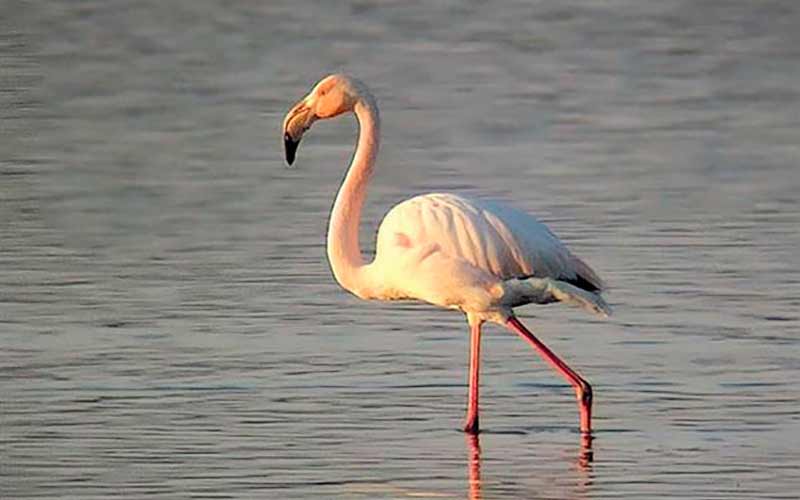
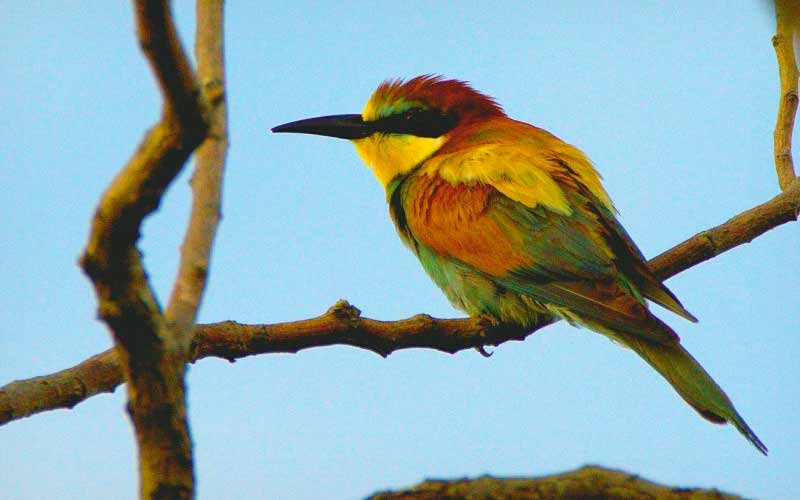
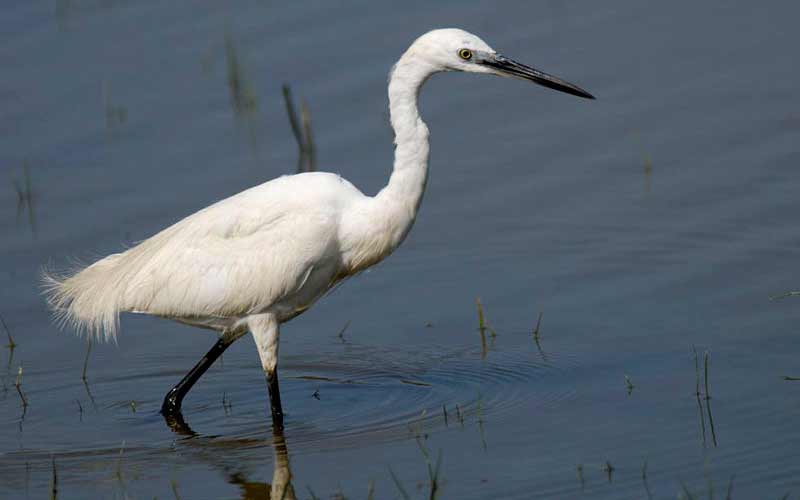
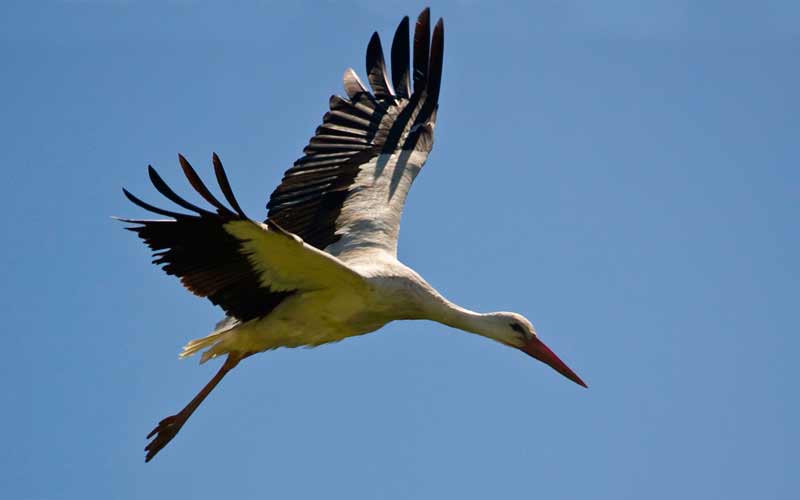
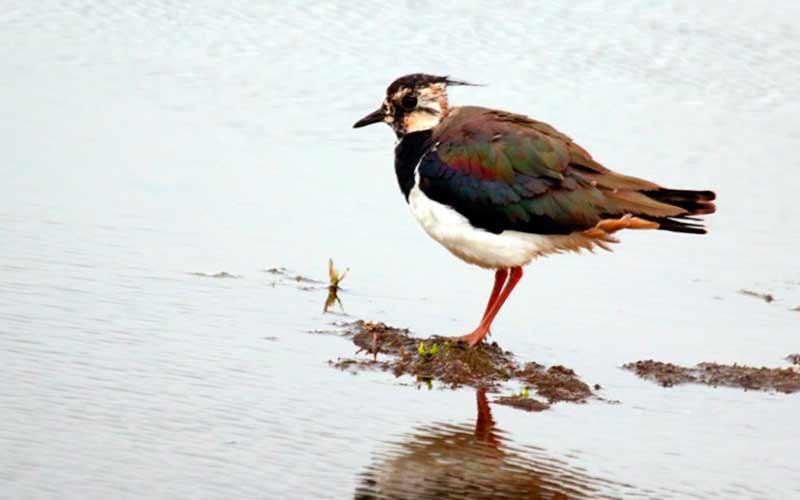
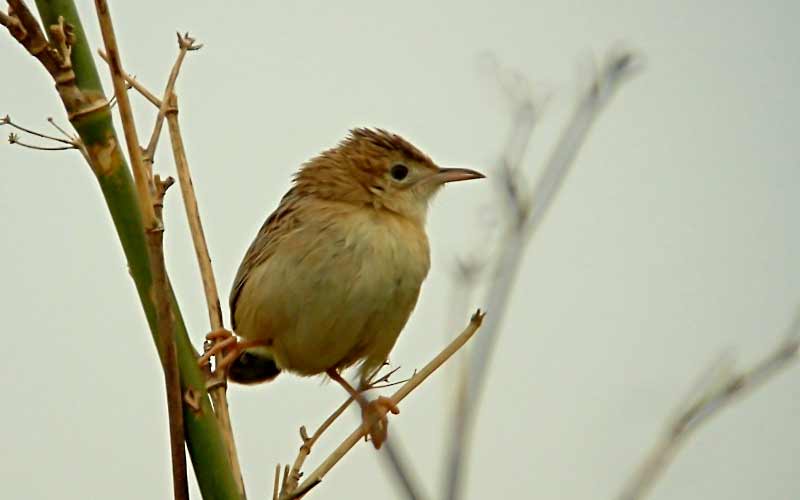
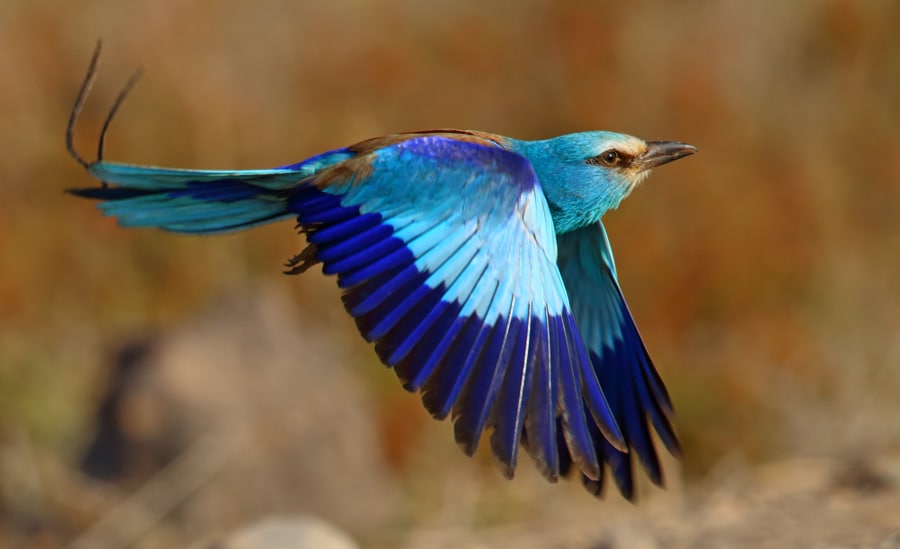
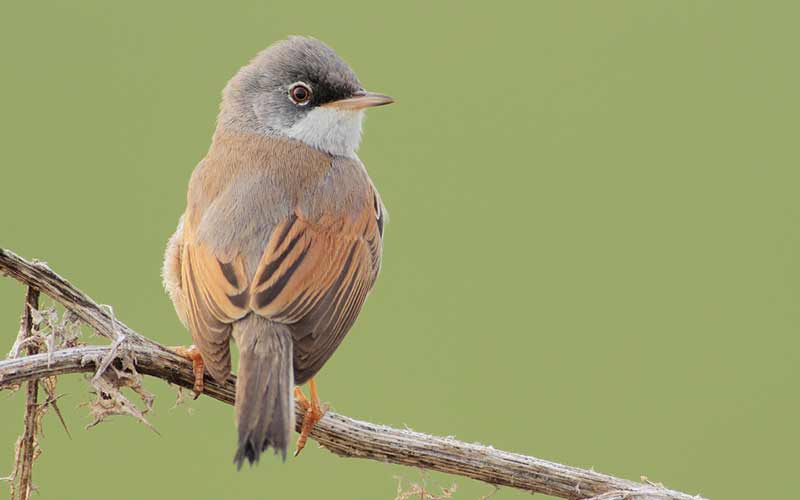
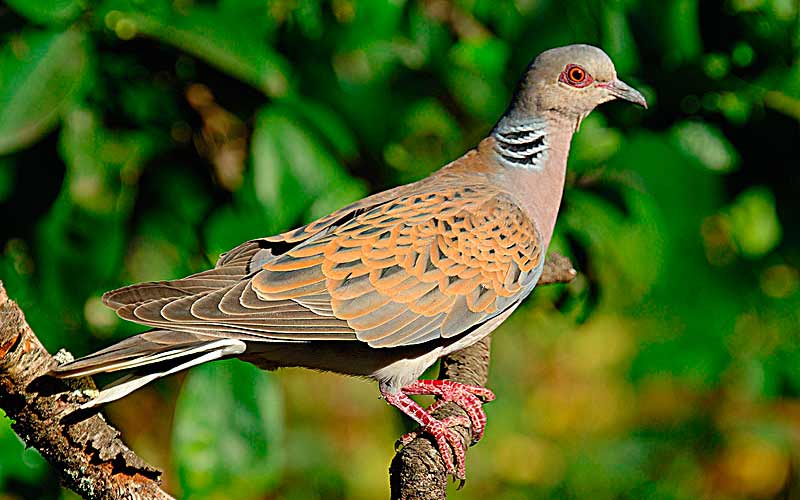
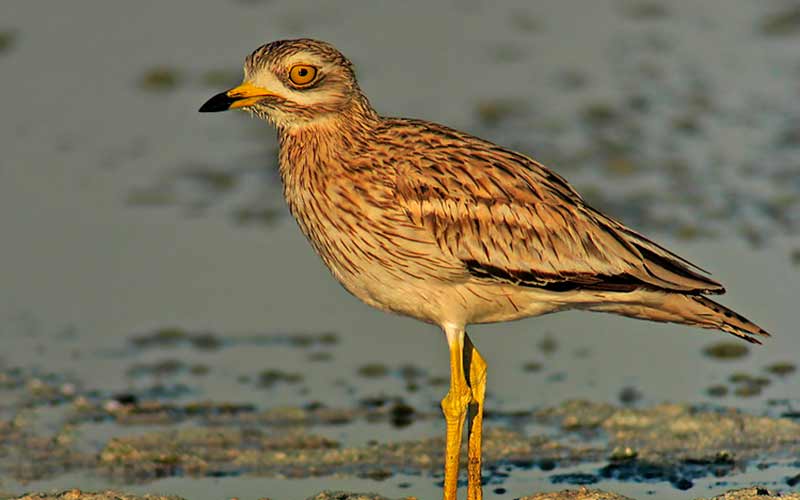
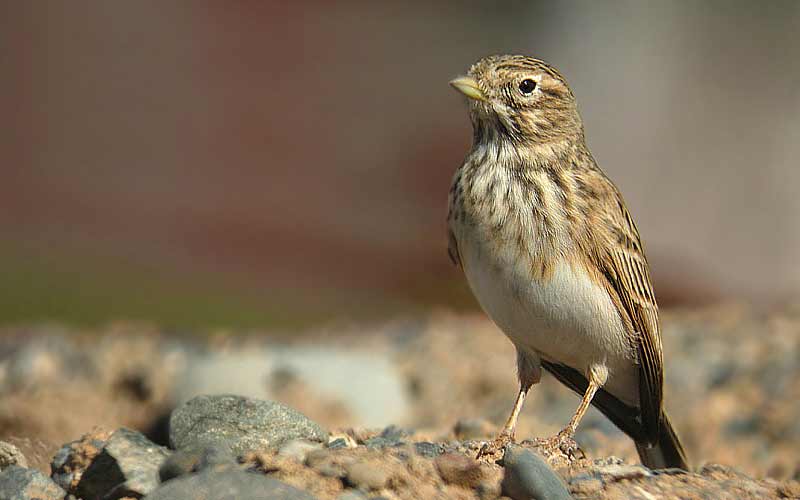

 Web Design
Web Design